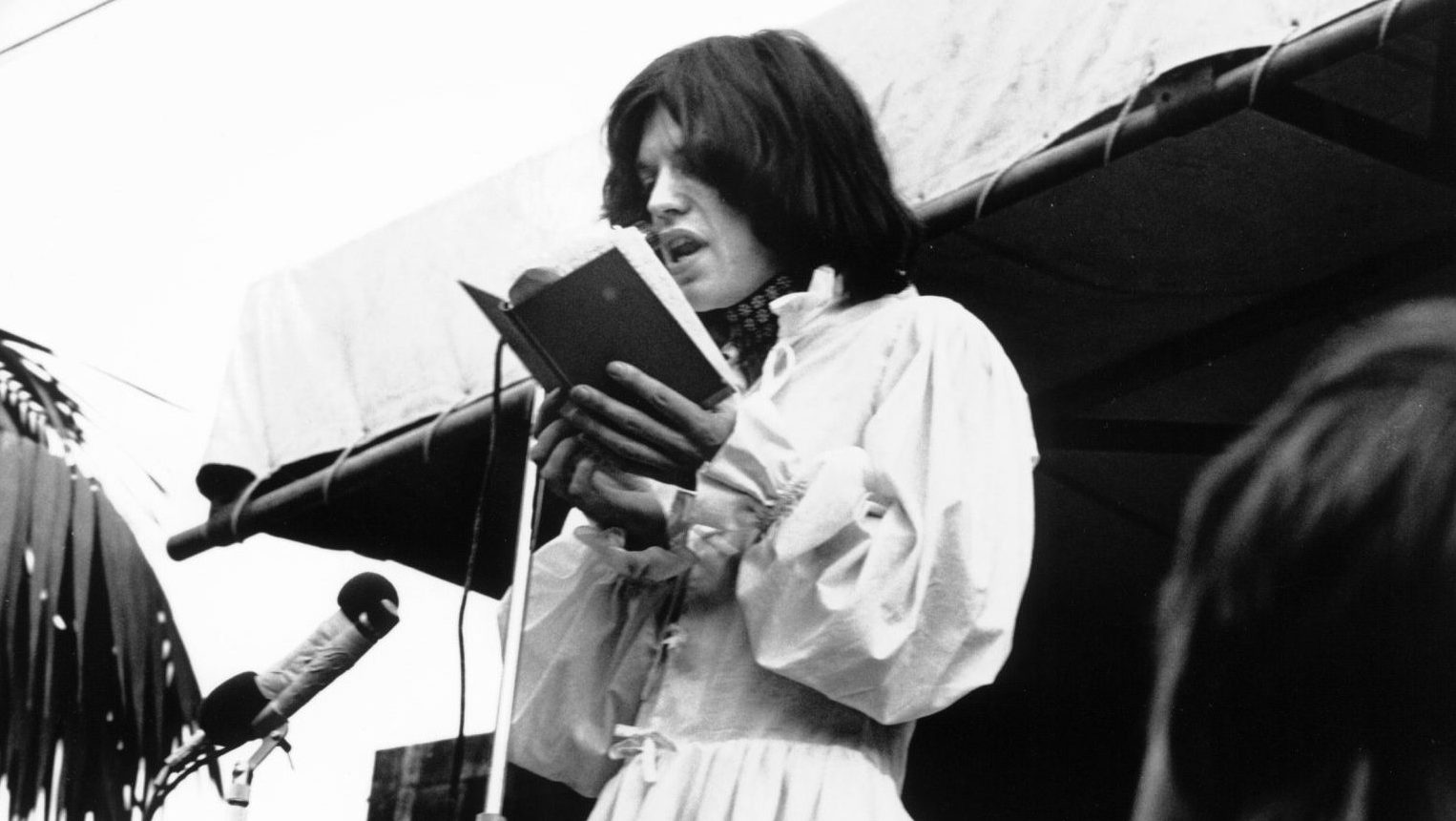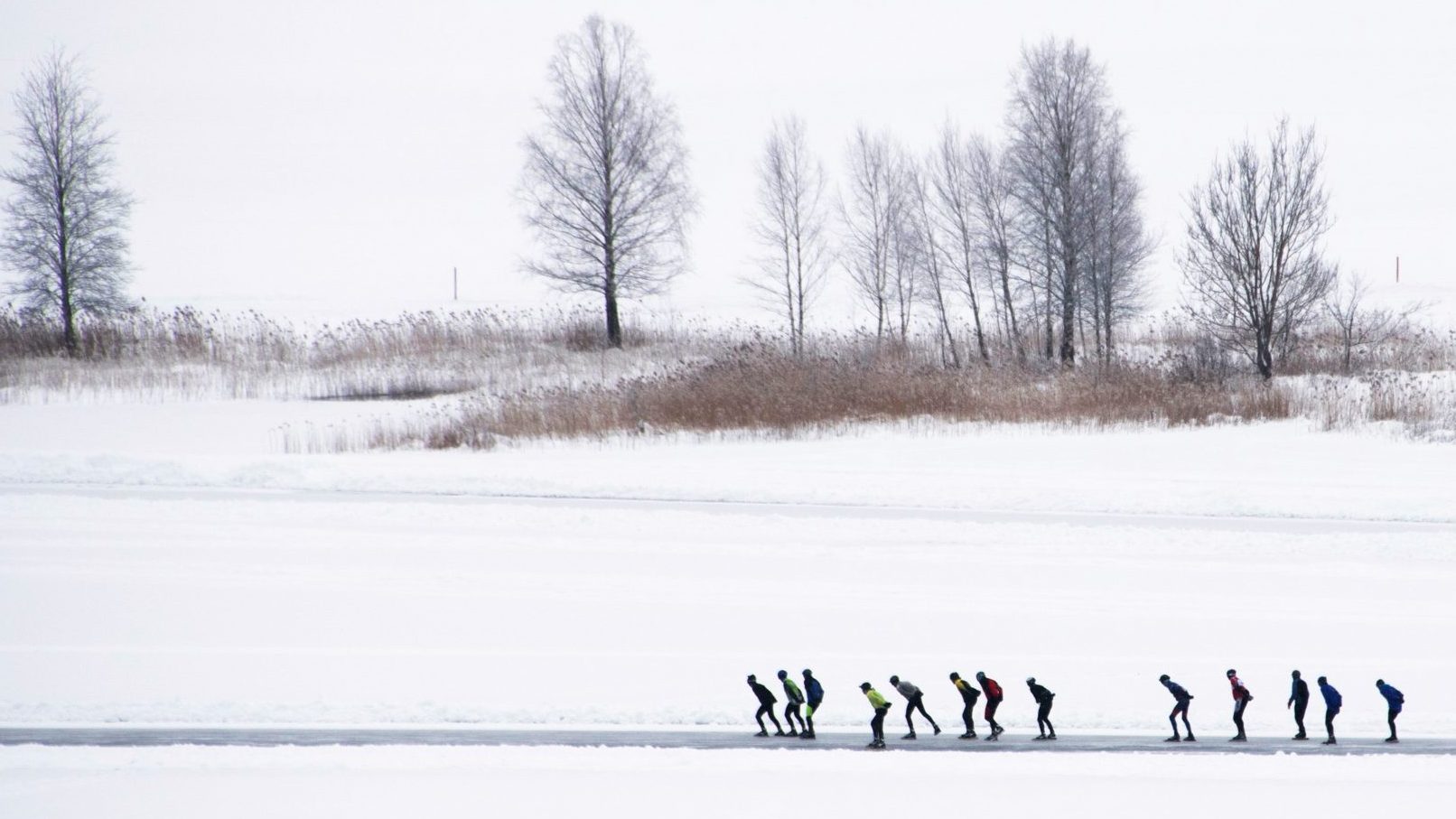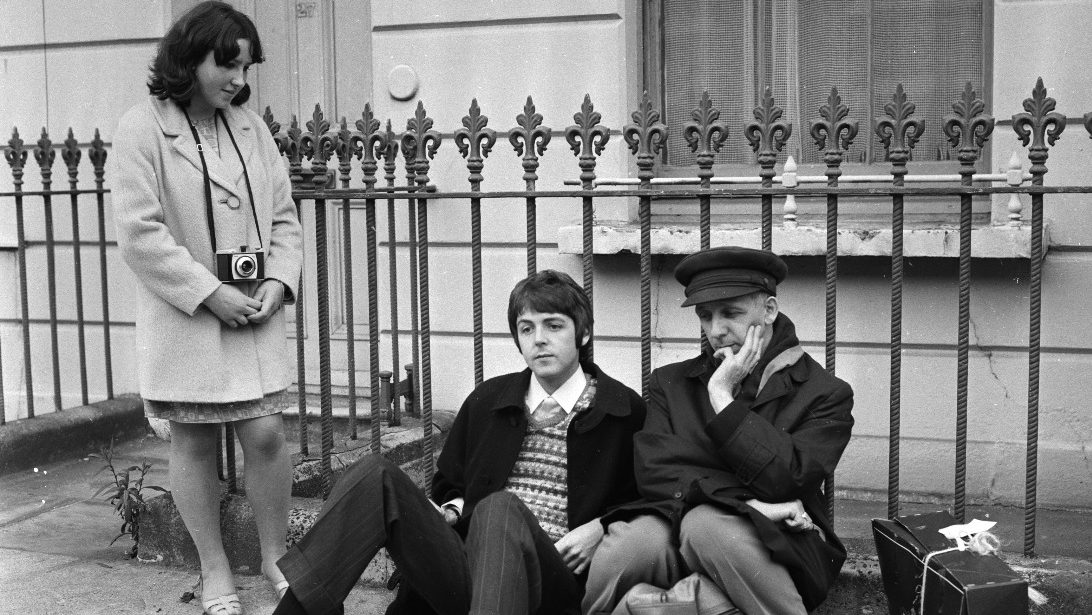While World Book Day, which falls this week, is associated in the UK almost solely with kids going to school in fancy dress of questionable relevance, the Unesco-instituted annual event has deep roots. It began in Spain in the 1920s as a celebration for Cervantes’ birthday, and has the noble aim of promoting the enjoyment of books and reading. The link between the literary and the musical is ancient – the Greeks were singing their poetry 2,700 years ago – and the written word has long inspired musicians.
The British acts who moulded the rock’n’roll paradigm used literary references liberally, from the Stones’ Sympathy for the Devil (1968) taking inspiration from Mikhail Bulgakov’s The Master and Margarita, and Mick Jagger turning to Shelley’s Adonais to pay tribute to Brian Jones at the memorial concert in Hyde Park in the summer of 1969, to Led Zeppelin’s Tolkien-referencing Ramble On (1969). Later, ostentatiously name-dropping literary figures was part of the image of professional outsider swots like the Smiths (“Keats and Yeats are on your side/ While Wilde is on mine”) and the Manic Street Preachers (“I am stronger than Mensa, Miller and Mailer/ I spat out Plath and Pinter”).
But when it comes to the melding of music and the literary, it is the French who really stand out. They are, after all, a nation that takes literature gravely seriously; the fact that France has three times as many independent bookshops as the UK being clear evidence of this. French musicians have accordingly been utterly unselfconscious about making literary allusions in their songs, and it is French poets and authors who have so often proven most inspirational to musicians, wherever they are from.
Idiosyncratic singer-songwriter and actor Jean-Louis Murat, who broke through in the 1990s via his appearance in the film La vengeance d’une femme (1990) and his No 3 duet with Mylène Farmer, Regrets (1991), has often drawn on the written word in his songs. The compellingly grungy Les jours de jaguar from his 2003 album Lilith was inspired by 19th-century poet Leconte de Lisle’s intoxicating depiction of the jungle, Le rêve du jaguar, from his Poèmes barbares.
But in 2001, Murat went all-out with his Madame Deshoulières LP. A uniquely atmospheric collaboration with his La vengeance d’une femme co-star Isabelle Huppert, the album repurposed the poetry of the eponymous 17th-century poet and lady of the Sun King’s court. Mixing baroque instrumentation with modern rock sounds and featuring spoken-word work from Huppert, it seemed like something only a French artist could get away with.
Murat’s moody introspection made his literary bent seem natural, but another French icon made a more surprising reference to literature. Johnny Hallyday’s various images, from teen idol to somewhat lumpen rocker, would hardly seem to accommodate also being a man of letters, but one of his best-loved songs was a tribute to Tennessee Williams. Quelque chose de Tennessee (1985) opens with Hallyday’s then partner, actress Nathalie Baye, speaking the closing lines from Cat on a Hot Tin Roof, and this synthy soft-rock number written by Michel Berger built to a crescendo of emotion that always made it a live favourite.
Meanwhile, The Cure, who have sometimes sold better in France than domestically (the spectacular 1985 single Close To Me climbed higher in the French charts than the British Top 40, to give one example), were inspired by great French literature from the off. Debut single Killing an Arab (1978) was an attempt to crystallise the central murder in Camus’ L’Étranger into a song and has remained a classic of their back catalogue despite controversy increasingly attaching itself to the lyrics (when performed live in the last 20 years or it has been changed to Kissing an Arab, Killing Another or even Killing an Ahab, in another literary reference).
While The Cure turned to English authors on goth rock classic Charlotte Sometimes (1981), which was based on Penelope Farmer’s children’s book of the same name, and tracks on Faith (1981) that were inspired by Mervyn Peake’s Gormenghast, Baudelaire proved an influence later on. How Beautiful You Are from 1987’s Kiss Me, Kiss Me, Kiss Me LP was a simplified version of the ultimate decadent poet’s Les Yeux des Pauvres.
While art in all media exists in a constantly cross-pollinating matrix, the role of the literary in the work of musicians as they create their imaginative worlds has been a particularly fruitful one.
LITERARY MUSIC in five songs
The Cure, Killing an Arab (1978)
Sung from the position of “the stranger” who is “standing on the beach with a gun in my hand”, the debut single from The Cure evoked the sense of queasy disorientation of the first-person narrated murder scene on an Algiers beach from Camus’ L’Étranger.
Bauhaus, Antonin Artaud (1983)
The extremes of the French avant-gardist naturally spoke to the flamboyant goths, and this track from fourth album Burning from the Inside namechecked his collection of essays Le Théâtre et son Double in particular.
Jean-Louis Murat and Isabelle Huppert, Soyez inexorables (2001)
Murat and Huppert recorded a whole album of songs with text by aristocratic poet Antoinette Deshoulières. This track set her words to harpsichord and had a compellingly sinister pace.
Eiffel, Sanguine (2002)
The Pixies-influenced French rockers turned to the Marquis de Sade for inspiration on this track from second album Le quart d’heure des ahuris, channelling his dark eroticism.
Hubert-Félix Thiéfaine, Les ombres du soir (2011)
The poetically inclined cult singer-songwriter was inspired by Marcel Aymé’s 1941 fantasy novel The Vouivre, which was based on a folk legend from Thiéfaine and Aymé’s home region of the Franche-Comté, for this song from his critically acclaimed LP Suppléments de mensonge.
Playlist: tinyurl.com/TNEBookDay




